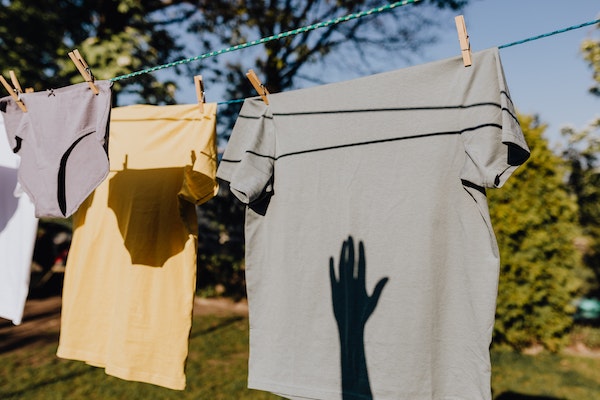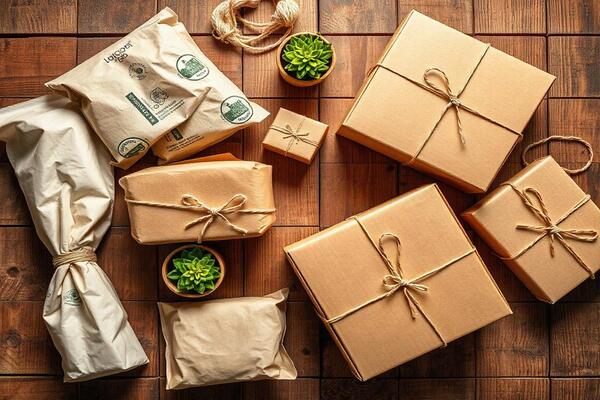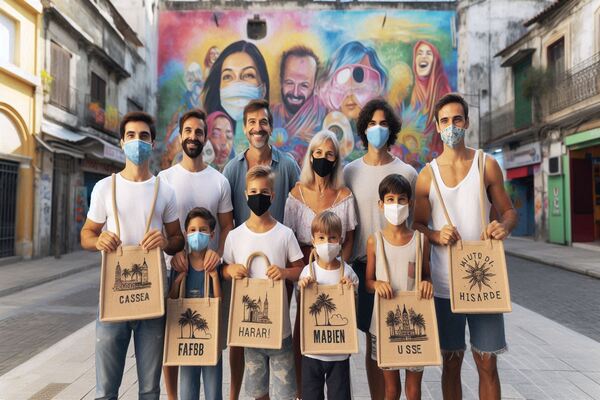
Thrifting And Sustainable Fashion
Thrifting and buying secondhand can be a sustainable fashion option for many people but it may not always be the most ethical option, as it is often presented. In a thread on ethical clothing habits, we present another angle; favouring brands that create ethical clothing and pay their employees fairly is another good choice.
Think about Social Sustainability
What is social sustainability? It is the manufacturing of clothes ethically in a social environment while helping people earn a living wage. Thus, production takes place in an ethical communal environment and positively contributes towards living standards. Clothing production by manufacturers employs more than 40 million workers worldwide, and only 2% earn living wages. When brands provide living wages to their workers, it helps clothing manufacturers a great deal.
Let us Talk a Bit About Living Wage and Why You Should Care
A living wage is essentially a subsistence wage: enough for one to meet the bare necessities of life. As it depends mostly on the standards of living within a particular geographic area, the living wage varies by country and even by state.
Widely accessible and usually affordable, fast fashion employees mostly work overtime in unhealthy conditions and are typically underpaid, failing to meet the basic standards of living. So, in case you’re still hung up on fast fashion brands like Shein, it is probably better that you rethink your fashion agenda.
Moving towards sustainable fashion options like buying secondhand or from sustainable brands should be a priority.
Problems with Thrifting and Resale Economy
The recent popularity of thrift fashion has resulted in a problematic phenomenon worth exploring in greater detail.
The increase in resale from thrift shops often results in a higher markup. Several articles highlight the questionable intentions of entrepreneurs who seek cheap clothing from thrift stores and transform them into “vintage” items for higher profit.
The stress on vintage and old clothes put pressure on those who are in actual need of clothing. Those whose livelihoods depend on producing garments are also put in jeopardy because of this fetish, as it were.
So…Should You Not Thrift?
No, that is not what we are suggesting! Thrifting, re-selling and buying secondhand is a great way of sustainable living. But you must be aware of how your choices are affecting very real situations on the ground. Just as there's an urgent need to address environmental issues, there is equally an urgent need to address social conditions. You must consider that there are real people employed in making those clothes who need to earn a living wage while also focusing on reducing waste.
It is tricky and there’s no definite, black-and-white answer but the good news is when taken consciously, all your actions leading to ethical fashion bring a change in the real world! So chin up and march on! And for more amazing blogs on sustainable living, keep an eye on this page. You can also visit our website for a host of green products ranging from fashion and beauty to travel.
Also Read: This New Year, Make Sustainable Living Your Resolution
Follow us on
Facebook | Twitter | Instagram













